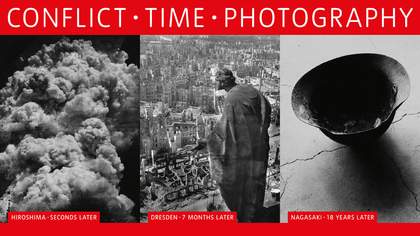My interest in architectural structures developed after spending time in Armenia and Georgia under the rule of Leonid Brezhnev. While there, I became fascinated by the heroic architecture of the Soviet Union.
One day in Saint Petersburg somebody told me about the city of Kurchatov in Kazakhstan, which had been built specifically to be destroyed over time through nuclear testing. I had to go there. I wandered around these abandoned spaces, rooms and streets with my Geiger counter telling me I was well into the red zone, running out of time and no longer safe, but I just couldn’t stop taking photographs. There were no trees – nothing. It’s difficult to imagine or describe this place, even in a picture. All that is left is the bomb, though you cannot see or hear or smell it. There are none of the tangible artefacts you would find lying on the ground in Iraq, Iran or Saudi Arabia, where I went after Kurchatov and began to make Hejaz.
The Hejaz railway was built in 1908 by a German engineer, Heinrich Meissner, to connect Damascus to Mecca – but primarily to strengthen the Ottoman strategic positions in the war. Despite its place in recent history, it was constructed along a route that had been trodden for thousands of years by pilgrims, traders and soldiers from wars gone by, so it has played a part in many narratives. When you think about journeys associated with war, it calls to mind migration, displacement and exile.
I looked at how man-made structures interact with the landscape and how the two coexist. There are many points where the tracks have been consumed by the desert, but the stations still exist, enduring the elements. I would travel for miles and miles and when I came to the next station, it was exactly the same as the one I had just left. Architecture is about telling the stories of people, and this is a landscape manipulated by conflict.

